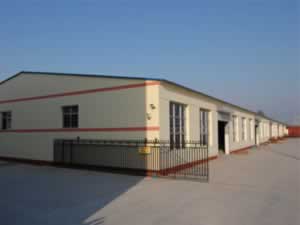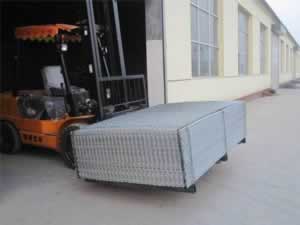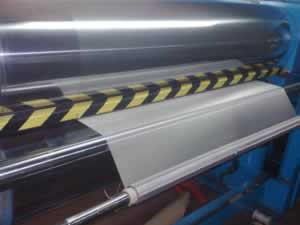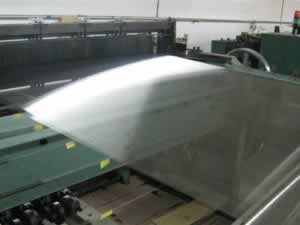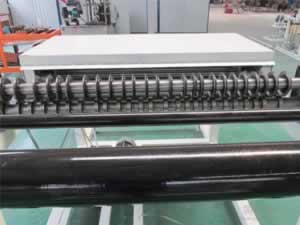- ·Hexagonal mesh material and common specifications table
- ·News
- ·Diamond mesh and hexagonal same and different
- ·Barbed wire fence installation
- ·304 stainless steel mesh mesh obstruction
- ·Differences between stainless steel wire mesh and galvanized wire mesh
- ·How to choose galvanized steel mesh
- ·How to protect the iron wire rust?
- ·Precautions for cleaning stainless steel screens are important
- ·304 stainless steel mesh mesh obstruction
More
Stainless steel wire mesh type material should be used
Ferritic stainless steel wire mesh: chromium 12% to 30%. Its corrosion resistance, toughness and weldability with the increase of chromium content increased resistance to chloride stress corrosion better than other types of stainless steel. Fall into this category are Crl7, Cr17Mo2Ti, Cr25, Cr25Mo3Ti, Cr28 like. Ferritic stainless steel due to high chromium content, corrosion resistance and oxidation resistance are better, but the mechanical properties and process performance is poor, and more for large discontinuity as acid structure and antioxidant steel. Such steel resistant to corrosive atmosphere, nitric acid and saline solution, and has good high temperature oxidation resistance, thermal expansion coefficient, etc., for the nitric acid plant equipment and food, can also produce parts at high temperatures, such as gas turbine parts, etc. .
Austenitic stainless steel wire mesh: chromium containing more than 18% of nickel also contains about 8% and a small amount of molybdenum, titanium, nitrogen and other elements. Good overall performance, corrosion resistant to many media. Austenitic stainless steel grades are commonly 1Cr18Ni9,0Cr19Ni9 like. 0Cr19Ni9 steel wC <0.08%, steel marked "0." This kind of steel contains large amounts of Ni and Cr, the steel austenitic state at room temperature.. Such steel has good ductility, toughness, weldability and corrosion resistance, corrosion resistance are good oxidizing and reducing media, the acid used to produce equipment such as containers and equipment corrosion lining, pipeline resistance nitric acid equipment parts. Austenitic stainless steel commonly used solution treatment, the upcoming steel heated to 1050 ~ 1150 ℃, then cooled to obtain a single phase austenite.
Austenitic - ferritic duplex stainless steel wire mesh: the advantages of both austenitic and ferritic stainless steel, and has superplasticity. Austenitic and ferritic stainless steel accounts for about half of each organization. In the case of containing a low C, Cr content 18% ~ 28%, Ni content of 3% to 10%. Some steel further contains Mo, Cu, Si, Nb, Ti, N and other alloying elements. Both austenitic class steel and ferritic stainless steel features, higher compared with ferrite, ductility, toughness, brittle at room temperature, resistance to intergranular corrosion and welding performance were significantly improved, while maintaining iron ferritic stainless steel 475 ℃ brittleness and high thermal conductivity, with superplastic characteristics. Compared with the austenitic stainless steel, high strength and resistance to intergranular corrosion and chloride stress corrosion has significantly improved. Duplex stainless steel has excellent resistance to pitting corrosion, but also a section of nickel stainless steel.
Martensitic stainless steel wire mesh: high strength, but the ductility and poor weldability. Martensitic stainless steel grades are commonly 1Cr13,3Cr13 etc., due to higher carbon, it has a high strength, hardness and wear resistance, corrosion resistance, but somewhat less for higher mechanical performance requirements, corrosion resistance Some of the general requirements of the parts, such as springs, turbine blades, valves and other hydraulic machines. Such steel is after quenching, tempering use.
Factory
